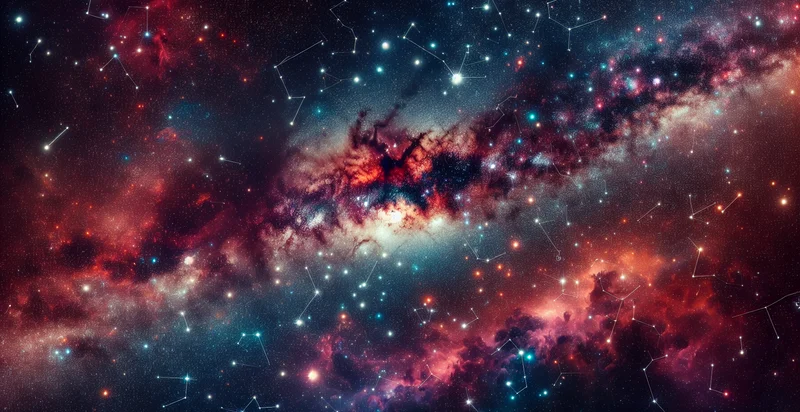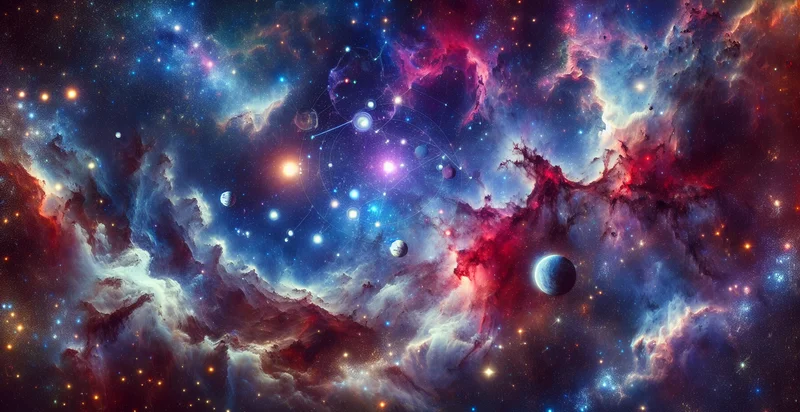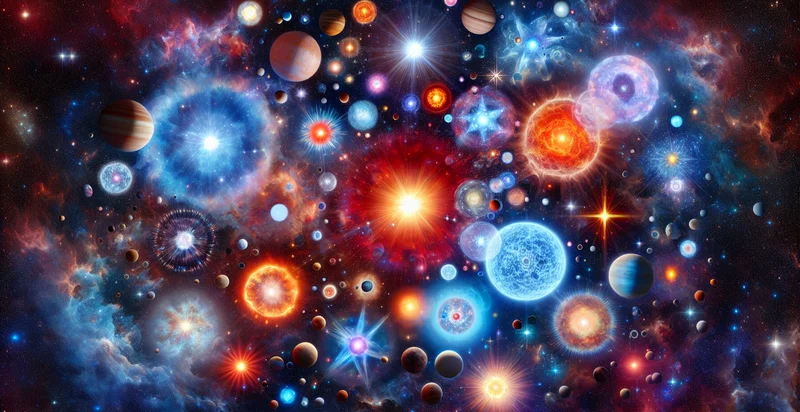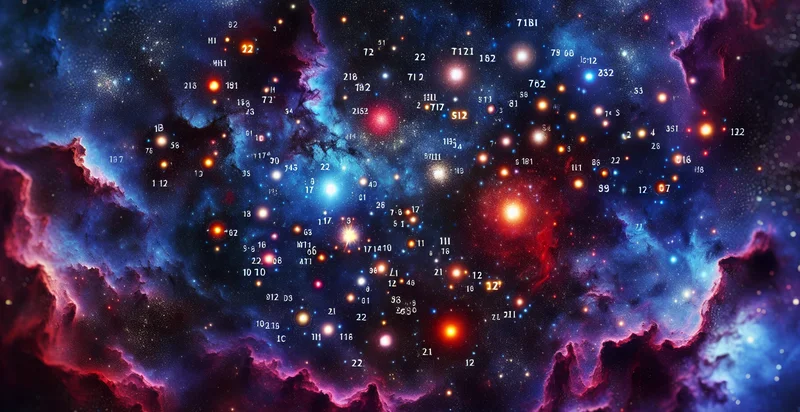Identify constellations
using AI
Below is a free classifier to identify constellations. Just upload your image, and our AI will predict what constellation it belongs to - in just seconds.

Contact us for API access
Or, use Nyckel to build highly-accurate custom classifiers in just minutes. No PhD required.
Get started
import nyckel
credentials = nyckel.Credentials("YOUR_CLIENT_ID", "YOUR_CLIENT_SECRET")
nyckel.invoke("constellations", "your_image_url", credentials)
fetch('https://www.nyckel.com/v1/functions/constellations/invoke', {
method: 'POST',
headers: {
'Authorization': 'Bearer ' + 'YOUR_BEARER_TOKEN',
'Content-Type': 'application/json',
},
body: JSON.stringify(
{"data": "your_image_url"}
)
})
.then(response => response.json())
.then(data => console.log(data));
curl -X POST \
-H "Content-Type: application/json" \
-H "Authorization: Bearer YOUR_BEARER_TOKEN" \
-d '{"data": "your_image_url"}' \
https://www.nyckel.com/v1/functions/constellations/invoke
How this classifier works
To start, upload your image. Our AI tool will then predict what constellation it belongs to.
This pretrained image model uses a Nyckel-created dataset and has 44 labels, including Andromeda, Aquila, Ares, Aries, Auriga, Bootes, Cancer, Canis Major, Canis Minor and Capricornus.
We'll also show a confidence score (the higher the number, the more confident the AI model is around what constellation it belongs to).
Whether you're just curious or building constellations detection into your application, we hope our classifier proves helpful.
Related Classifiers
Need to identify constellations at scale?
Get API or Zapier access to this classifier for free. It's perfect for:
- Astronomical Research: The 'constellations' identifier can assist astronomers and astrophysicists in classifying celestial images captured through telescopes. By accurately identifying constellation patterns in images, researchers can better understand star distribution and cosmic structures.
- Education and Learning Tools: Educational platforms can leverage the constellations identifier to create interactive learning experiences for students studying astronomy. By using the function in mobile apps, students can explore and identify constellations in their night sky through augmented reality, enhancing engagement and learning outcomes.
- Mobile Astronomy Apps: Developers of mobile applications focused on stargazing can integrate the constellations identifier to provide users with real-time identification of constellations in the night sky. This feature enhances user experience and encourages outdoor exploration and learning about astronomy.
- Art and Media: The 'constellations' identifier can be utilized in the creative industry to classify and curate celestial-themed artwork and media. Artists can use the function to gain insights into different constellations, ensuring their creative pieces align with astronomical accuracy.
- Planetarium Displays: Planetariums can implement the constellations identifier in their digital projection systems to enhance live shows and exhibitions. By accurately classifying and displaying constellations based on visitor input, planetariums can tailor experiences to individual audiences, increasing engagement.
- Navigation Systems: The constellations identifier can aid in developing advanced navigation systems that utilize celestial bodies for positioning. This application is particularly pertinent for maritime and aeronautical industries, where visual alignment with constellations can supplement traditional GPS techniques.
- Environmental Monitoring: Environmental scientists can employ the constellations identifier to analyze the impact of light pollution on visibility of celestial patterns. By comparing historical images with current data, the function can provide insights into changes in urbanization and its effects on night sky visibility.


